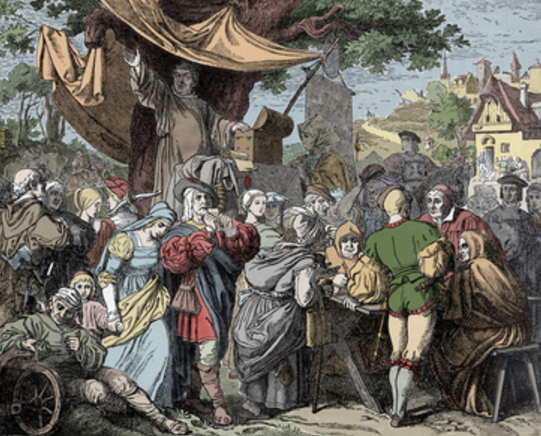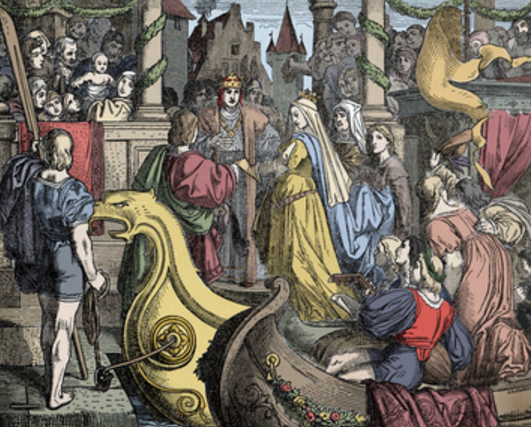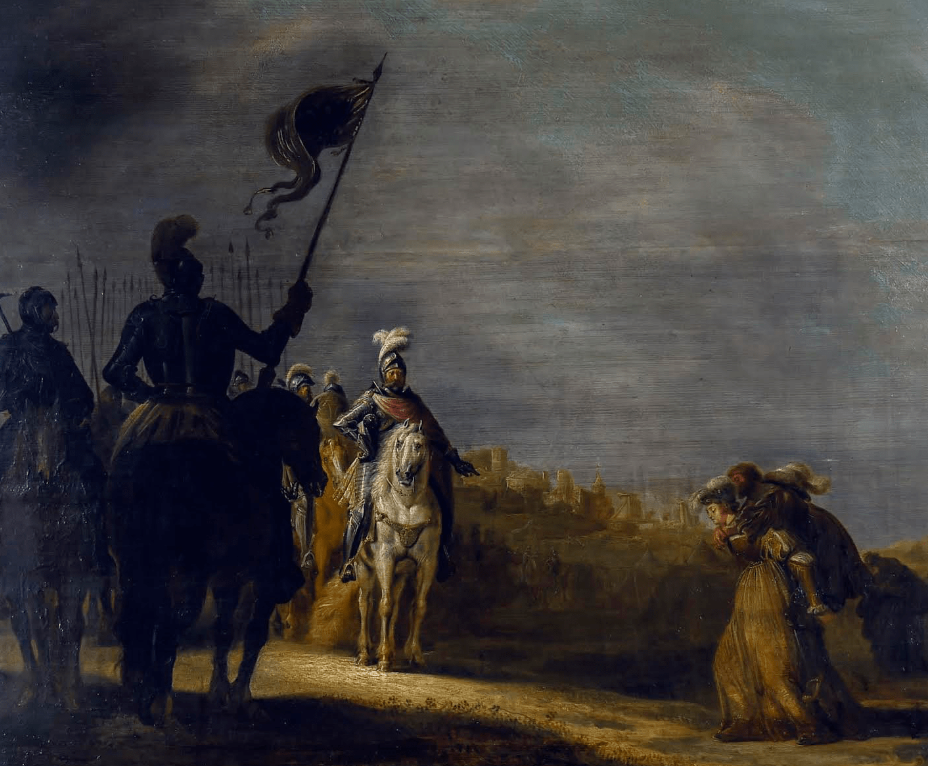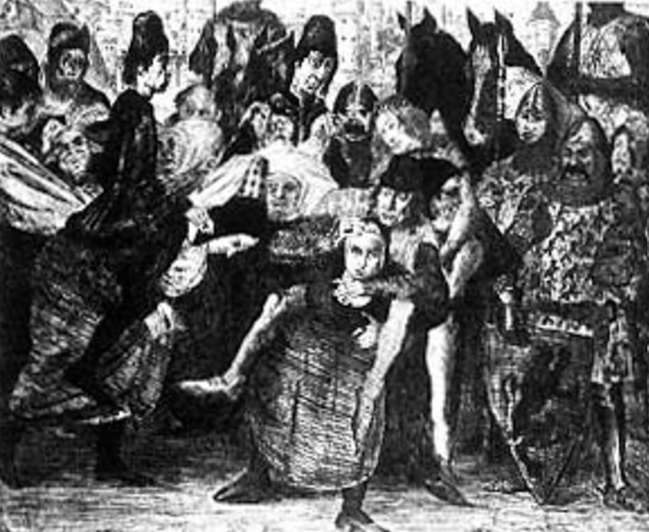The Siege of Weinsberg in 1140 stands as one of the most fascinating episodes in medieval history, reflecting the turbulent power struggles of the Holy Roman Empire and the enduring legacy of loyalty and ingenuity. This pivotal event took place during the conflict between the Welfs and the Hohenstaufens, two rival factions vying for dominance. Beyond its military significance, the siege is remembered for the extraordinary actions of the women of Weinsberg, whose resourcefulness and courage immortalized the event. Join archeology.dulichvn.net to learn about this siege that dates back to ancient Rome.
Historical Context The Siege of Weinsberg
The wolves and the Hohenstaufens
The Holy Roman Empire in the 12th century was marked by deep political divisions, with the Welfs and Hohenstaufens representing two powerful factions. The Welfs, led by Duke Welf VI, sought to consolidate their influence against the Hohenstaufens, who were supported by King Conrad III of Germany. This rivalry often erupted into open conflict, with the Siege of Weinsberg becoming a defining moment in their struggle.

Weinsberg: A Strategic Stronghold
Weinsberg, a small town with a strategically positioned castle, was controlled by Duke Welf VI and served as a critical base for the Welf faction. Recognizing its importance, King Conrad III laid siege to the town in late 1140, aiming to weaken his rivals and assert Hohenstaufen dominance.
The Siege Unfolds
The siege was marked by intense fighting as Conrad’s forces surrounded the town and cut off supplies. The defenders, outnumbered and outmaneuvered, put up a valiant resistance but ultimately could not hold out against the superior forces of the Hohenstaufen king.
See more: The Etruscan Tomb of Five Chairs: A Journey into Ancient Burial Traditions
The Legendary Act of Weibertreue
A Surprising Concession
Following the breach of the castle walls and the defenders’ surrender, King Conrad III made an unexpected offer. Perhaps to avoid unnecessary bloodshed or to demonstrate magnanimity, he declared that the women of the castle could leave freely, carrying with them whatever they deemed most valuable.

The Women’s Clever Response
Faced with this opportunity, the women of Weinsberg displayed extraordinary ingenuity. Instead of taking material possessions, they chose to carry their husbands and other male defenders on their backs. In doing so, they turned the king’s words to their advantage, protecting the lives of their loved ones and defying expectations.
Conrad’s Response
Impressed by their loyalty and cleverness, King Conrad III honored his promise and allowed the men to live. This act not only cemented the women’s bravery in legend but also highlighted Conrad’s sense of honor, as he chose to respect the spirit of his concession despite the potential military implications.
The Legacy of the Siege
The Origin of “Weibertreue”
The women’s actions during the siege gave rise to the term “Weibertreue,” meaning “women’s loyalty.” This phrase has since become synonymous with unwavering devotion and resourcefulness, celebrated as a testament to the strength of human bonds in times of adversity.

Cultural and Historical Impact
The story of the Siege of Weinsberg has endured for centuries, inspiring countless retellings in literature, art, and folklore. It remains a poignant example of the human capacity for resilience and creativity, transcending its historical context to resonate with audiences worldwide.
The Weinsberg Castle Today
The ruins of the Weinsberg castle, often referred to as “Weibertreu Castle,” stand as a monument to this remarkable episode. Visitors to the site can explore the remains and reflect on the enduring legacy of the siege, connecting with a history that continues to inspire.
See more: The Nefertiti Bust: A Masterpiece of Beauty and Controversy
Lessons from the Siege of Weinsberg
The Power of Ingenuity
The women’s resourcefulness during the siege underscores the importance of creative thinking in overcoming challenges. Their decision to prioritize human lives over material possessions serves as a powerful reminder of the value of compassion and quick wit.

Leadership and Honor
King Conrad III’s decision to honor his promise despite the unexpected outcome speaks to the significance of integrity in leadership. His actions during the siege demonstrate that even in times of conflict, adherence to principles can create lasting legacies.
The Strength of Unity
The story of the Siege of Weinsberg highlights the strength found in unity and mutual support. The women’s courage and determination to protect their loved ones serve as an enduring symbol of the bonds that hold communities together, even in the face of overwhelming adversity.
Conclusion: A Timeless Tale of Bravery and Loyalty
The Siege of Weinsberg in 1140 is much more than a historical event; it is a timeless tale of ingenuity, loyalty, and human resilience. The actions of the women of Weinsberg, immortalized in the concept of “Weibertreue,” continue to inspire admiration and reflection.
From its roots in the power struggles of medieval Germany to its lasting cultural impact, the story of Weinsberg serves as a powerful reminder of the values that transcend time and place. As visitors explore the ruins of Weibertreu Castle and learn about this extraordinary moment in history, they connect with a legacy that celebrates the best of humanity in the most challenging of circumstances.

CÁC TIN KHÁC
Mark Twain & Olivia Langdon: A 36-Year Love Story Filled with Laughter and Devotion
The Tollund Man: A 2,400-Year-Old Mystery Preserved in a Danish Bog
Skara Brae: Scotland’s Hidden Neolithic Village
Porta Nigra: The Hidden Depths of Trier’s Iconic Roman Gate